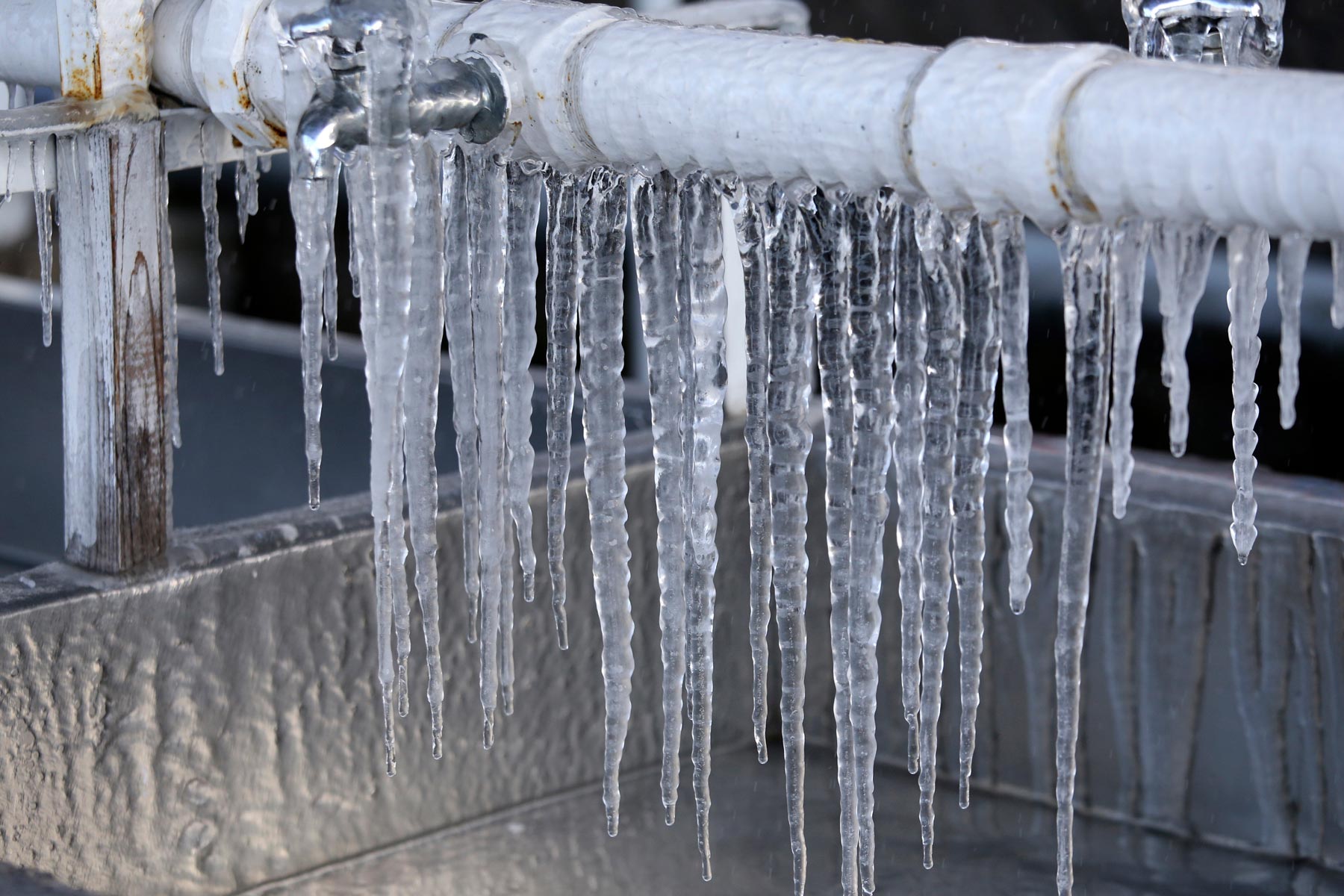Tips to Defend Plumbing System from Cold Weather: Critical Strategies
Tips to Defend Plumbing System from Cold Weather: Critical Strategies
Blog Article
We've found this post pertaining to Preventing and dealing with frozen pipes below on the web and accepted it made perfect sense to discuss it with you on this page.

Winter can damage your plumbing, particularly by freezing pipelines. Right here's just how to avoid it from taking place and what to do if it does.
Introduction
As temperature levels decline, the risk of icy pipes boosts, possibly leading to expensive repairs and water damages. Recognizing just how to avoid icy pipes is vital for home owners in cold climates.
Recognizing Frozen Pipelines
What creates pipelines to freeze?
Pipelines ice up when subjected to temperature levels below 32 ° F (0 ° C) for extended periods. As water inside the pipes freezes, it broadens, taxing the pipeline walls and potentially triggering them to break.
Risks and problems
Icy pipelines can cause water supply disruptions, residential or commercial property damages, and costly repair work. Ruptured pipelines can flood homes and create considerable structural damages.
Indications of Frozen Pipes
Identifying frozen pipes early can avoid them from rupturing.
Exactly how to determine frozen pipes
Try to find reduced water circulation from faucets, unusual odors or noises from pipes, and visible frost on revealed pipelines.
Avoidance Tips
Shielding vulnerable pipes
Cover pipelines in insulation sleeves or make use of warmth tape to secure them from freezing temperature levels. Concentrate on pipelines in unheated or exterior locations of the home.
Home heating methods
Keep indoor areas effectively heated up, specifically locations with plumbing. Open up cabinet doors to enable warm air to distribute around pipelines under sinks.
Safeguarding Outdoor Pipes
Garden hoses and outdoor faucets
Disconnect and drain garden hoses prior to wintertime. Set up frost-proof spigots or cover outside faucets with insulated caps.
What to Do If Your Pipelines Freeze
Immediate actions to take
If you presume frozen pipes, keep faucets open up to ease stress as the ice thaws. Make use of a hairdryer or towels taken in hot water to thaw pipes slowly.
Long-Term Solutions
Structural changes
Consider rerouting pipes away from exterior walls or unheated locations. Include extra insulation to attic rooms, cellars, and crawl spaces.
Upgrading insulation
Buy premium insulation for pipelines, attic rooms, and walls. Appropriate insulation assists preserve regular temperature levels and minimizes the threat of icy pipes.
Final thought
Stopping frozen pipes calls for aggressive procedures and quick responses. By recognizing the reasons, indications, and preventive measures, homeowners can secure their plumbing throughout winter.
6 Proven Ways to Prevent Frozen Pipes and Protect Your Home
Disconnect and Drain Garden Hoses
Before winter arrives, start by disconnecting your garden hoses and draining any remaining water. Close the shut-off valves that supply outdoor hose bibs and leave the outdoor faucet open to allow any residual water to drain. For extra protection, consider using faucet covers throughout the colder months. It’s also important to drain water from any sprinkler supply lines following the manufacturer’s directions.
Insulate Exposed Pipes
Insulating your pipes is an effective way to prevent freezing. Pipe insulation is readily available at home improvement stores and is relatively inexpensive. Pay close attention to pipes in unheated areas such as the attic, basement, crawl spaces, or garage. Apply foam insulation generously to create a buffer against the cold. You can also wrap your pipes in heat tape or thermostat-controlled heat cables for added warmth.
Seal Air Leaks
Inspect your home for any cracks or openings that could let in cold air. Seal any holes around the piping in interior or exterior walls, as well as the sill plates where your home rests on its foundation. Additionally, make sure to keep your garage door closed unless you’re entering or exiting. Leaving it open creates a significant air leak that can lead to frozen pipes.
Allow Warm Air Circulation
During cold snaps, it’s essential to allow warm air to circulate evenly throughout your home. Leave interior doors ajar to promote better airflow. Open kitchen and bathroom cabinets to help distribute heat consistently around the rooms. If you have small children or pets, be sure to remove any household chemicals or potentially harmful cleaners from open cabinets for safety.
Let Faucets Drip
A small trickle of water can make a big difference in preventing ice formation inside your pipes. When temperatures drop significantly, start a drip of water from all faucets served by exposed pipes. This continuous flow helps prevent the water from freezing. Additionally, running a few faucets slightly can relieve pressure inside the pipes, reducing the chances of a rupture if the water inside does freeze.
https://choateshvac.com/6-proven-ways-to-prevent-frozen-pipes-and-protect-your-home/

As a serious person who reads on Preventing and dealing with frozen pipes, I imagined sharing that piece of content was important. Sharing is good. Helping people is fun. Thanks a lot for being here. Please stop by our website back soon.
Services Report this page